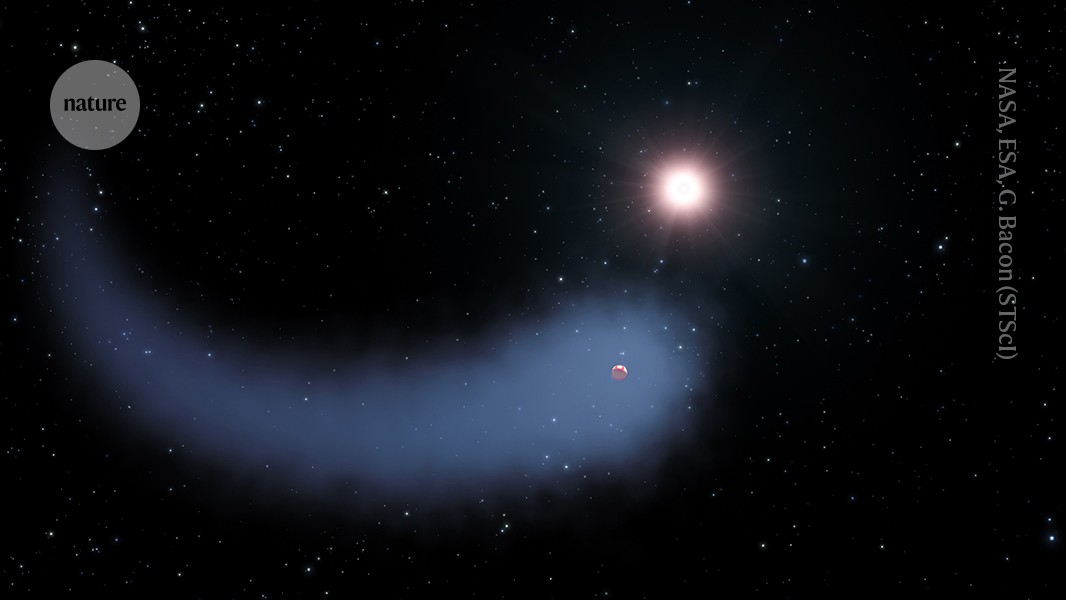
"The James Webb Space Telescope (JWST), which was launched in 2021, has been revolutionizing our understanding of the atmospheres of these planets, showing details of clouds and haze that were previously unfathomable. Scientists are starting to learn how winds and turbulence transport compounds on worlds beyond the Solar System, and are seeing chemical processes that are unlike those found on Earth."
"Such insights promise to tell us more about how planets form - and perhaps the origins of life. But many of the findings, such as hints of unfamiliar compounds, are proving challenging to understand. The space-science community needs help from scientists in other fields to find answers. Here, we call for closer collaborations between exoplanet researchers and those who work on Earth's and other planetary atmospheres, as well as stronger links between experimentalists, modellers and astronomers."
Telescopes have discovered thousands of exoplanets exhibiting extreme diversity, from lava worlds with vaporized-rock atmospheres to ocean planets and potential Earth analogues. JWST observations have revealed unprecedented atmospheric detail, including clouds, haze, and evidence of winds and turbulence that redistribute chemical species. Photochemistry driven by stellar high-energy radiation plays a central role in shaping atmospheric composition and producing unfamiliar compounds. Early JWST spectra, such as of WASP-39 b, showed expected molecules like carbon dioxide and water but also a puzzling opaque feature near 4 micrometres. Interdisciplinary collaboration among astronomers, planetary and Earth-atmosphere scientists, experimentalists and modelers is needed to interpret these findings.
Read at Nature
Unable to calculate read time
Collection
[
|
...
]